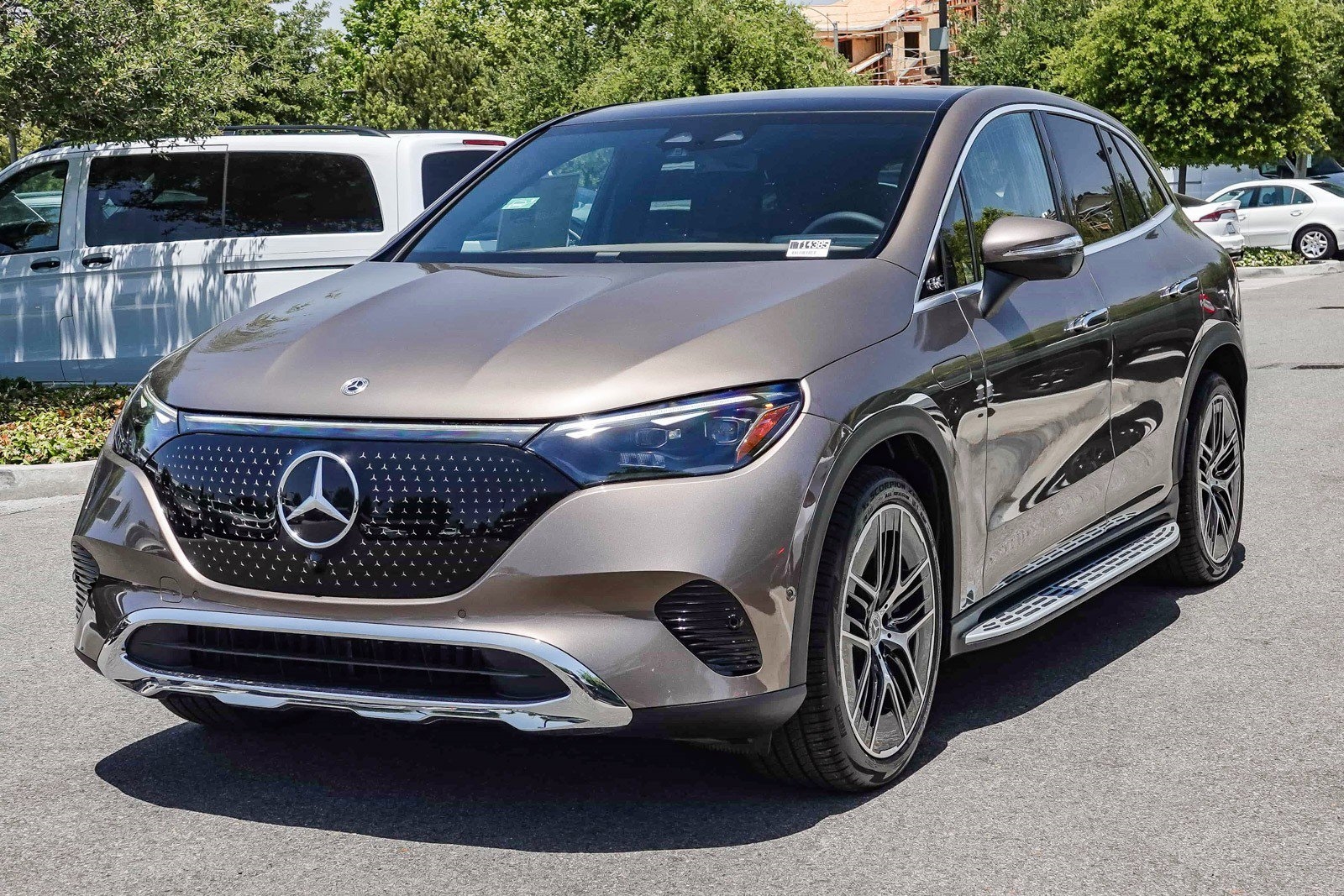Window Tint Overview
Window tinting has become an essential upgrade for vehicle owners seeking improved comfort, protection, and style. The automotive window film industry continues to grow, and the increased demand stems from the proven effectiveness of window tinting in blocking up to 99% of harmful ultraviolet (UV) rays and reducing interior heat by up to 60%. Learn all about window tinting in this comprehensive guide created by our professional team at Mercedes-Benz of Temecula, California.
Brief History and Evolution
Window tinting first appeared in the automotive industry during the mid-20th century, initially serving primarily aesthetic and privacy purposes. As technology advanced through the 1960s and 1970s, manufacturers began developing films that offered practical benefits such as glare and heat reduction. The 1980s marked a turning point for window tinting, as it gained widespread acceptance among vehicle owners who recognized its multiple advantages.
Today, window tinting has evolved from a purely cosmetic modification to an essential vehicle upgrade that provides UV protection, energy savings, and enhanced comfort for drivers and passengers.
The Science Behind Window Tinting
Window tints work through a combination of reflection, absorption, and transmission of solar energy. The films consist of multiple layers, each serving a specific purpose in managing light and heat. When sunlight hits a tinted window, the film blocks harmful UV rays while allowing visible light to pass through at varying levels, depending on the tint type.
Different materials in window tints affect their performance characteristics. For example, metallic particles reflect heat, while ceramic components block infrared radiation without interfering with electronic signals. The visible light transmission percentage indicates how much visible light passes through the tint, with lower percentages creating a darker appearance.
Detailed Overview of Window Tint Types
Learn about automotive window tint types.
Dyed Window Tint: Benefits and Limitations
Dyed window tint features a layer of dye between an adhesive layer and a protective coating. This type of window tint absorbs solar heat and provides an affordable option for vehicle owners primarily interested in appearance and basic heat reduction. While dyed tints effectively reduce glare and interior heat, they may fade over time and offer less UV protection compared to advanced options.
Metallized Tint: How It Works and Durability
Metallized window tints contain tiny metallic particles that reflect heat and UV rays away from the vehicle. These tints offer excellent durability and strengthen windows by creating a strong bond with the glass. While they provide superior heat rejection compared to dyed tints, the metallic content can interfere with GPS signals, cell phone reception, and radio signals.
Hybrid Tints: Combining the Best of Both Worlds
Hybrid tints merge dyed and metallized technologies, typically incorporating a gray dye layer with titanium metallic flakes. This combination delivers improved heat rejection while minimizing the signal interference common with fully metallized tints. Hybrid tints offer a balanced solution for vehicle owners seeking good performance without the premium cost of ceramic options.
Carbon Tint Film: Aesthetic and Functional Benefits
Carbon window tints use carbon particles to block about 40% of infrared radiation. These tints feature a distinctive matte finish and don't reflect light like metallic options. Carbon tints maintain their color over time, won't interfere with electronic signals, and provide reliable heat reduction. They represent a premium option for vehicle owners who want both style and performance.
Ceramic Tint: The Premier Choice for Heat Rejection and Clarity
Ceramic window tints contain nonconductive ceramic particles that block up to 50% of solar heat without reducing visibility. These tints offer the highest level of heat rejection, UV protection, and glare reduction while maintaining perfect electronic signal transmission. Though ceramic tints cost more than other options, they provide unmatched performance and longevity, perfect for your luxury Mercedes-Benz vehicle.
Crystalline Window Tint: Ultra-Clear Protection
Crystalline window tint offers advanced UV and infrared protection without darkening the windows. This specialized film allows maximum visible light transmission while still blocking heat and harmful rays. It's ideal for vehicle owners who want the benefits of window tinting without changing their car's appearance.
Maintaining Your Window Tint for Longevity
Window tinting is a big investment for your vehicle, and you want to maintain it for optimum appearance and efficiency.
Regular Maintenance Tips
Proper maintenance begins immediately after installation. Don't roll down windows for at least three to five days after tinting to allow proper curing. For cleaning, use a soft microfiber cloth and ammonia-free cleaning solutions specifically designed for tinted windows. Avoid abrasive materials or harsh chemicals that could scratch or damage the film.
Signs Your Window Tint Needs Replacing
Watch for signs of tint deterioration such as bubbling, peeling edges, or purple discoloration. These issues indicate the tint is breaking down and losing effectiveness. Reduced heat rejection or increased glare might also signal it's time for a replacement.
How To Remove Old Tint Safely
Removing old window tints requires patience and careful technique. The process typically involves using heat from a heat gun or steamer to loosen the adhesive, followed by careful peeling and cleaning of residue. Professional removal services can prevent damage to the glass and defroster lines while ensuring complete adhesive removal. Choose a professional over doing it yourself for the best results.
How To Choose the Right Window Tint
Selecting the right window tint depends on several factors, including your local climate, desired level of privacy, and budget. Consider your priorities regarding heat reduction, UV protection, and appearance. Research local tinting laws to ensure compliance with vehicle window tint regulations. Consult with a professional auto window tint service provider for the types of car tints and the best quality tints. Professional installation from a reputable service provider will maximize your investment and ensure optimal performance.
Window tinting remains a valuable investment for vehicle protection and comfort. With proper selection, professional installation, and regular maintenance, window tints can provide years of benefits while enhancing your vehicle's appearance and functionality.
Consult With Mercedes-Benz of Temecula for Professional Window Tinting Information
Contact us at Mercedes-Benz of Temecula for expert consultation and professional window tinting services tailored to your specific needs. We will help you understand the different tint types and how to care for your auto window tints. When they need replacing, our service professionals are here to help.
Image by Aaron Huber | Licensed with Unsplash License

Boutiques in Temecula
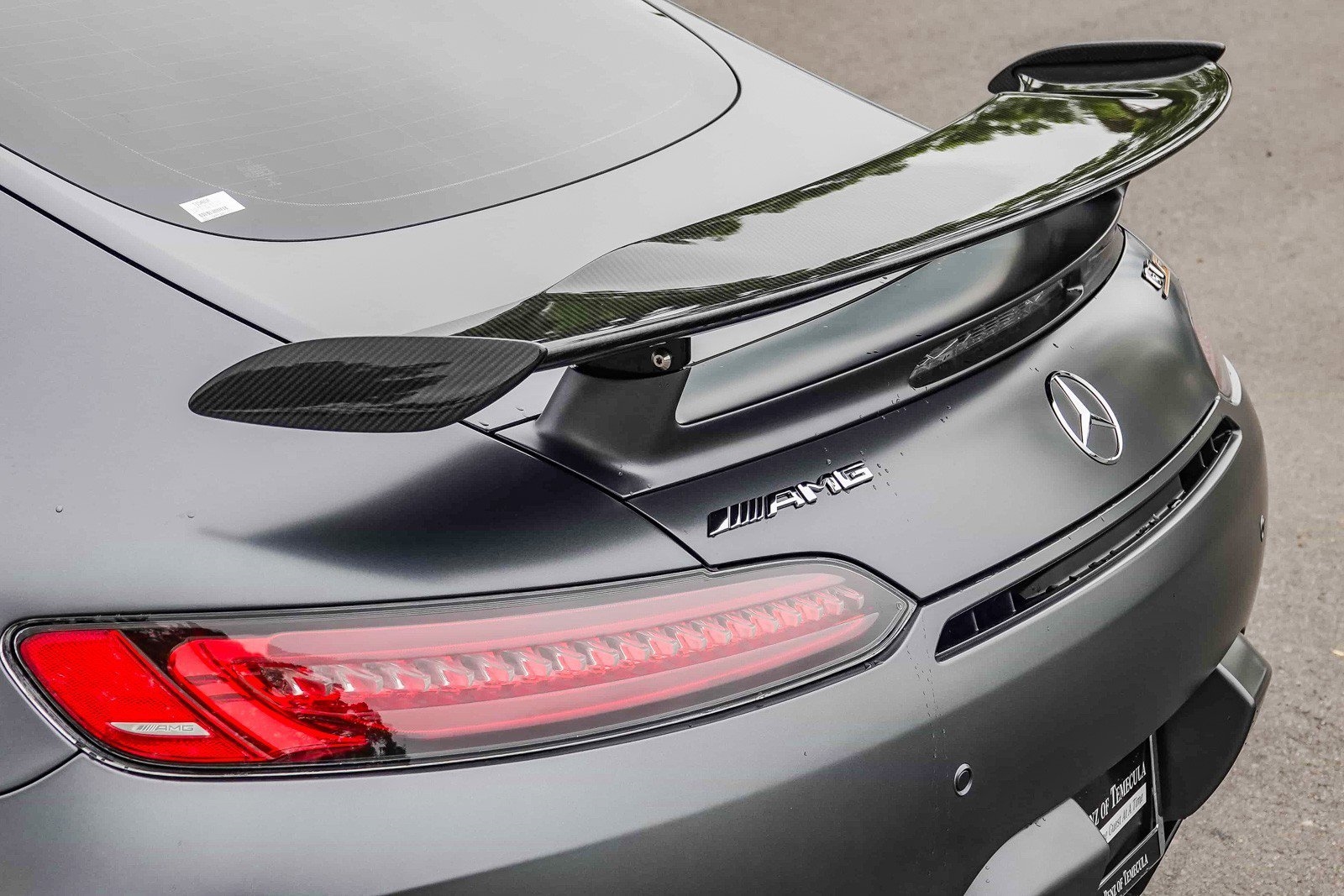
History of Mercedes & AMG
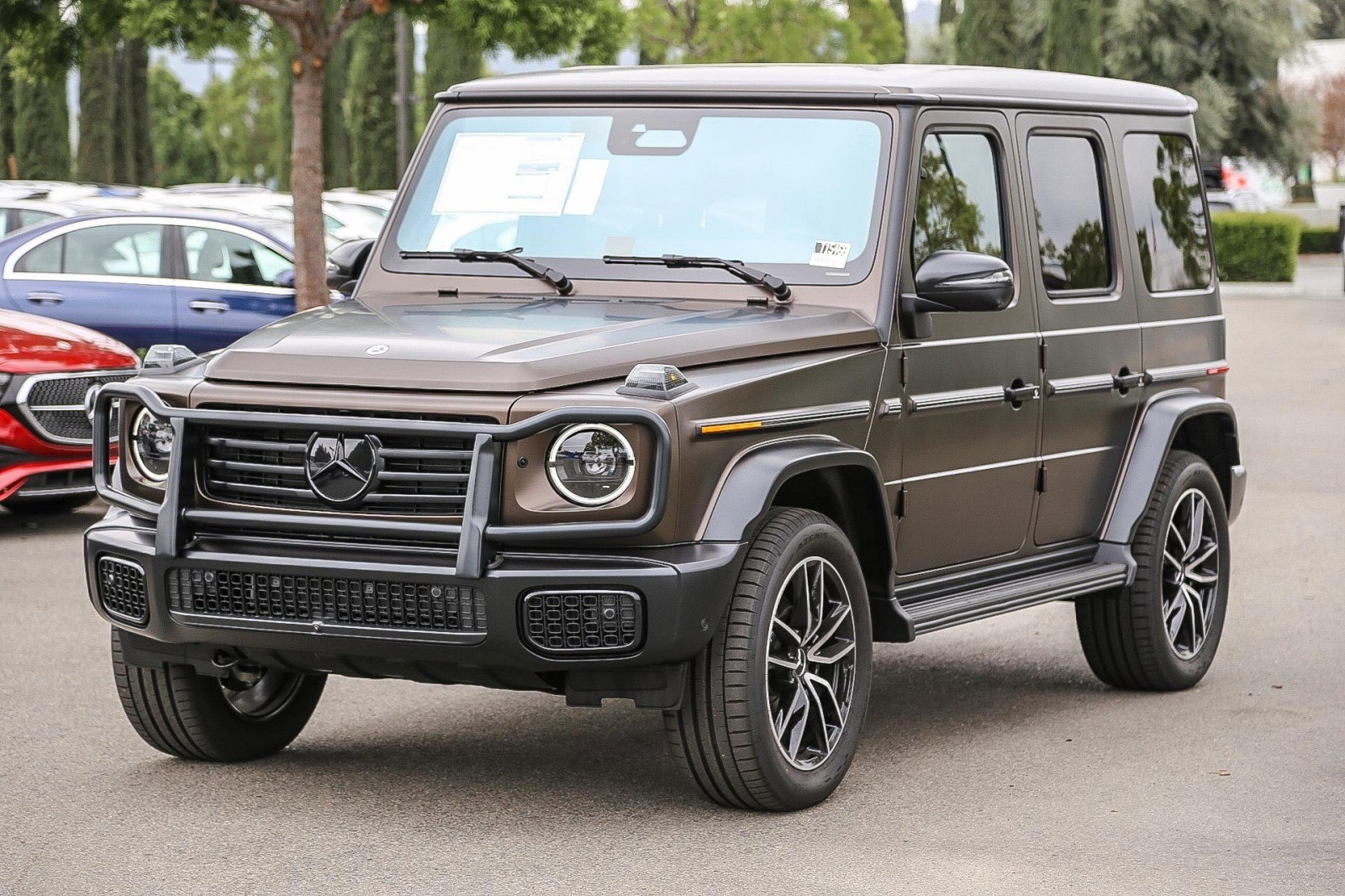
Why Can You Write Off a G Wagon?
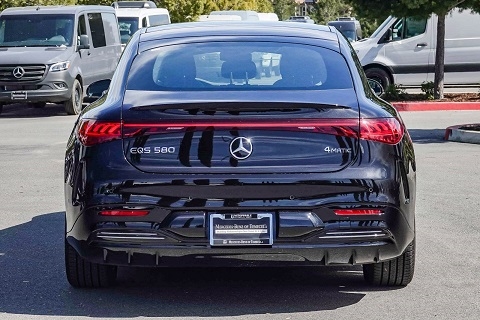
Mercedes Naming Conventions Explained

Why Should I Service My Car at a Dealership?
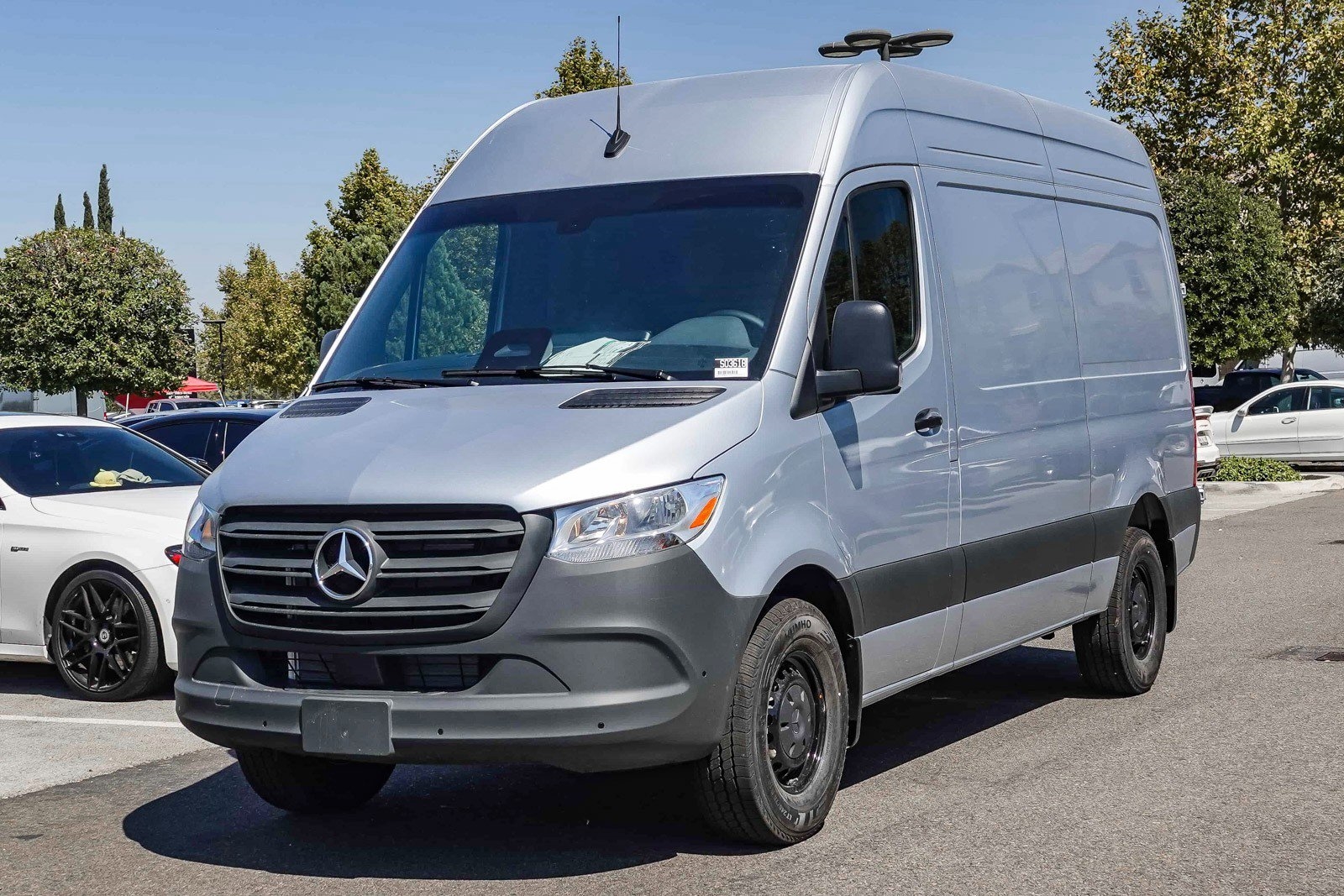
2025 Mercedes Sprinter Service Intervals

Indian Cuisine in Temecula, CA
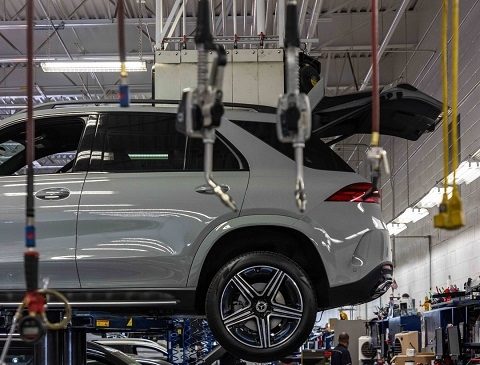
OEM vs Aftermarket Car Parts
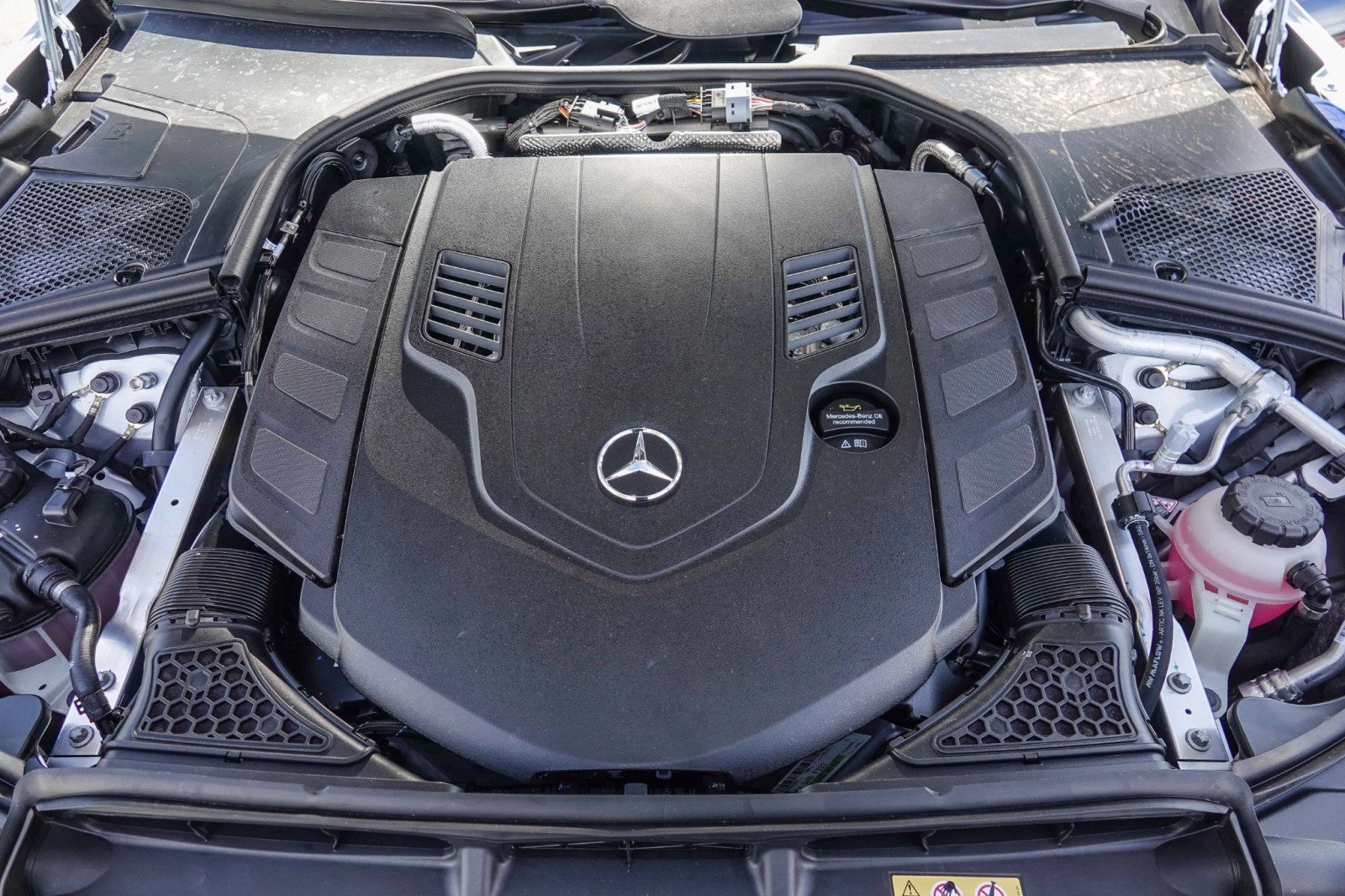
2025 Mercedes S-class Trims & Engine Options

Antique Malls & Stores in Temecula, CA

2025 Mercedes Gasoline Needs

Golf Courses in Temecula, CA

Engine Oil FAQs

Tips for Getting the Right Tires
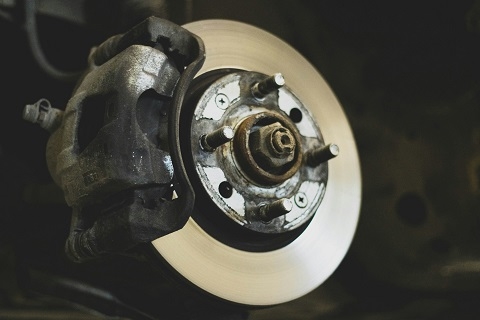
Car Brake Guide

Jewelry Store Options in Temecula, CA

2025 Sprinter Van Interior Dimensions

Savor the Best BBQ in Temecula, CA
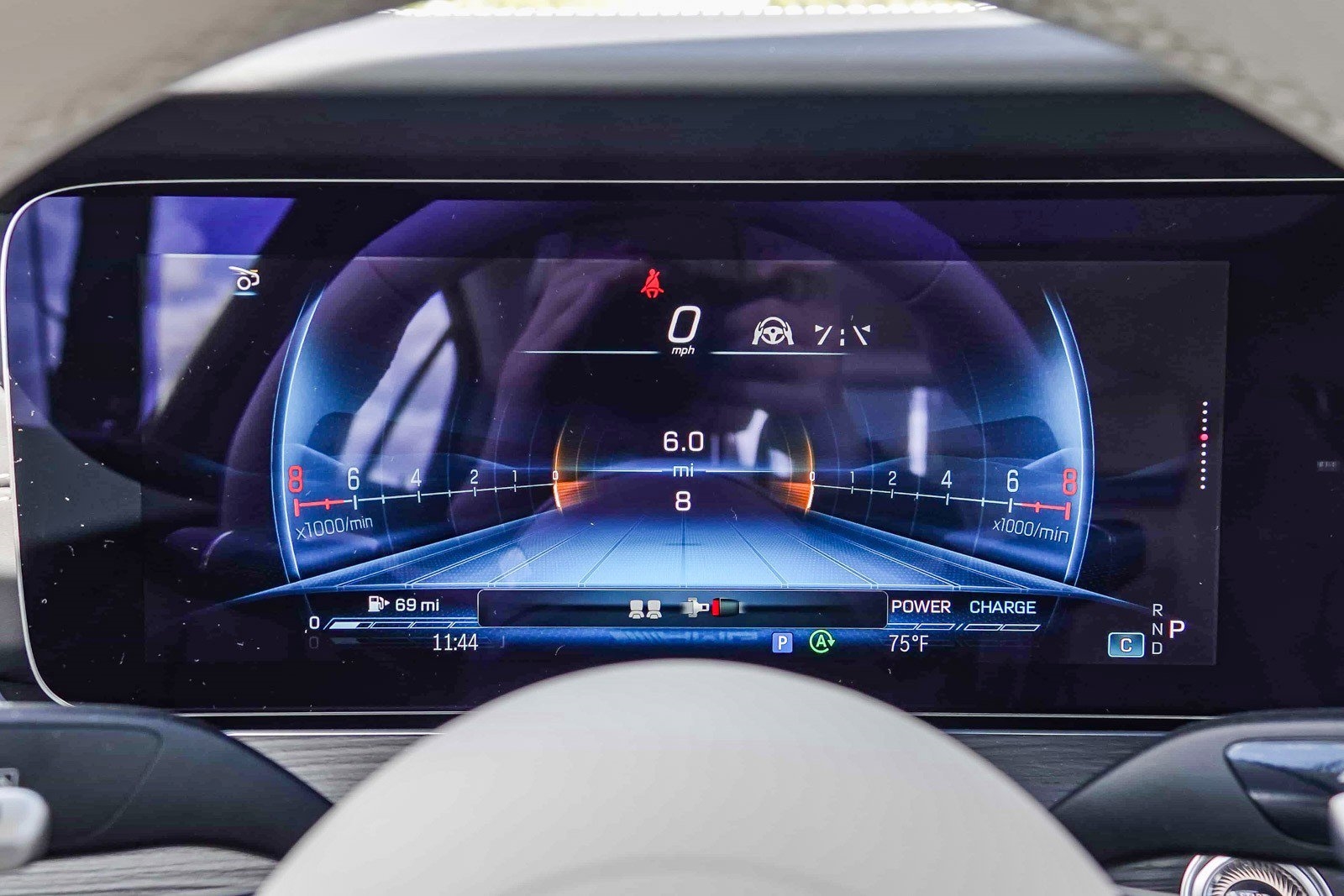
Mercedes Dashboard Symbol Guide

Mercedes EVs by Range
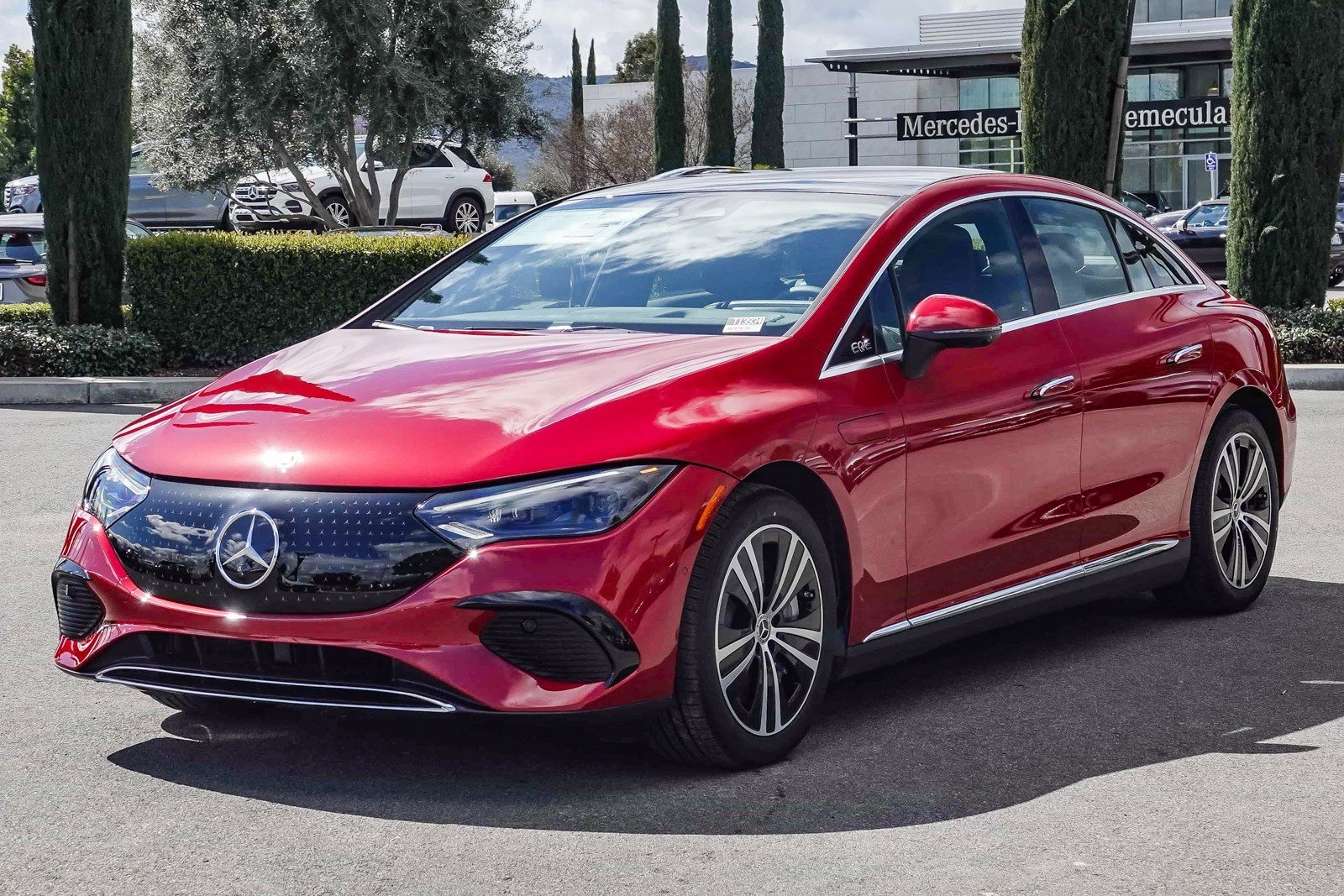
2025 Mercedes EQE Color Options

2025 Mercedes-Benz EQS SUV & Sedan Specs

Top 4 Golf Ranges in Temecula, CA
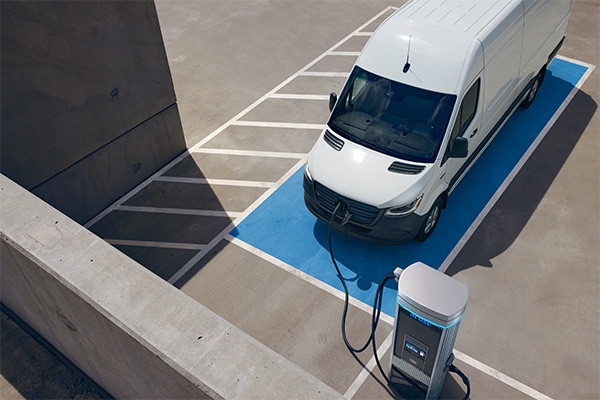
2025 Mercedes eSprinter Range & Charging Specs
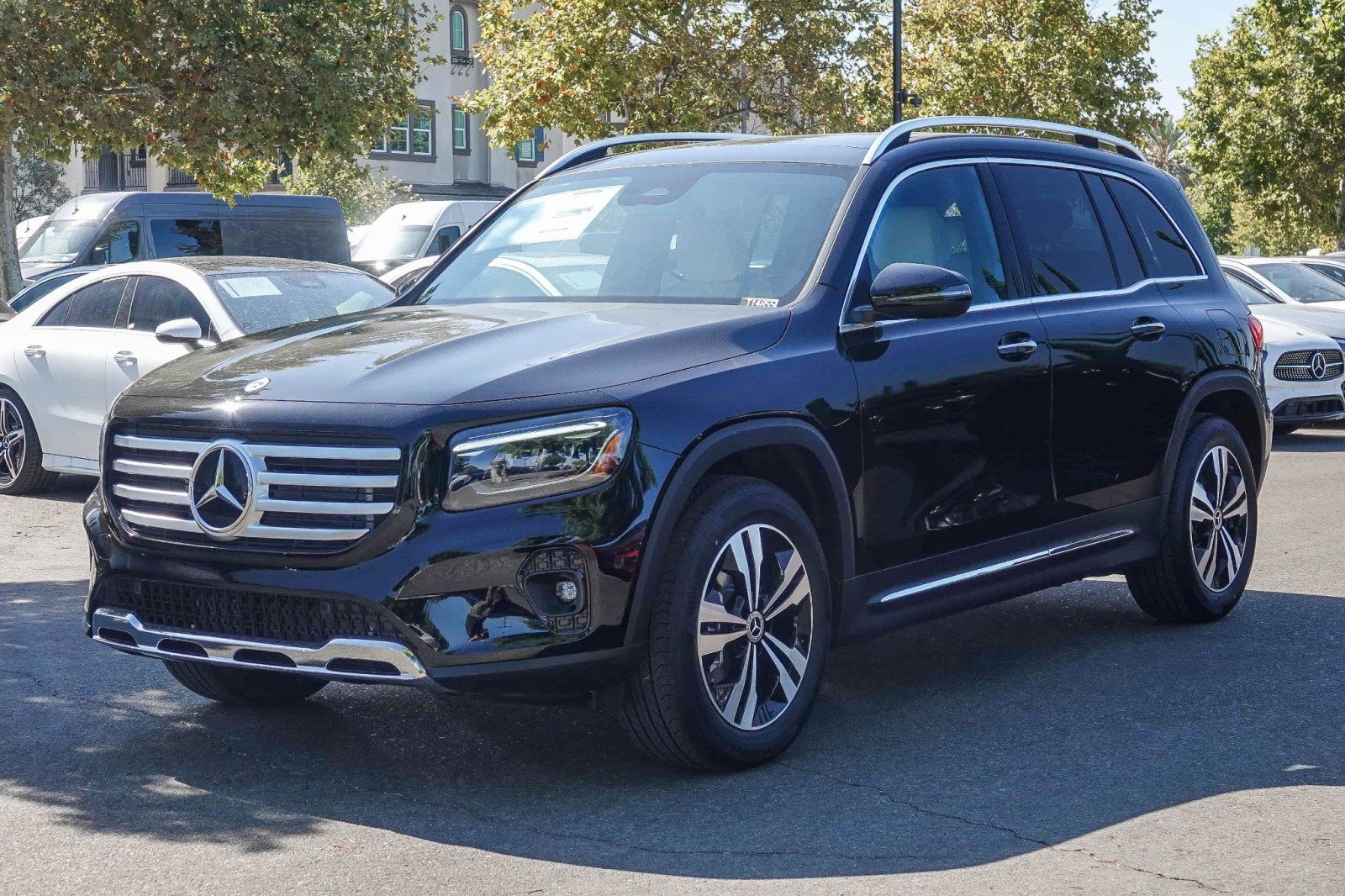
Color Options for The 2025 Mercedes GLB

Discover the Best Health Food Stores in Temecula, CA
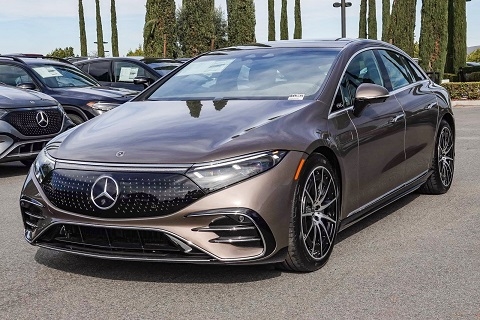
2025 Mercedes EV Lineup

Best Food Trucks in Temecula, CA

2024 Mercedes EQE vs. BMW i4

What Are The Types of EV Chargers & Plugs?
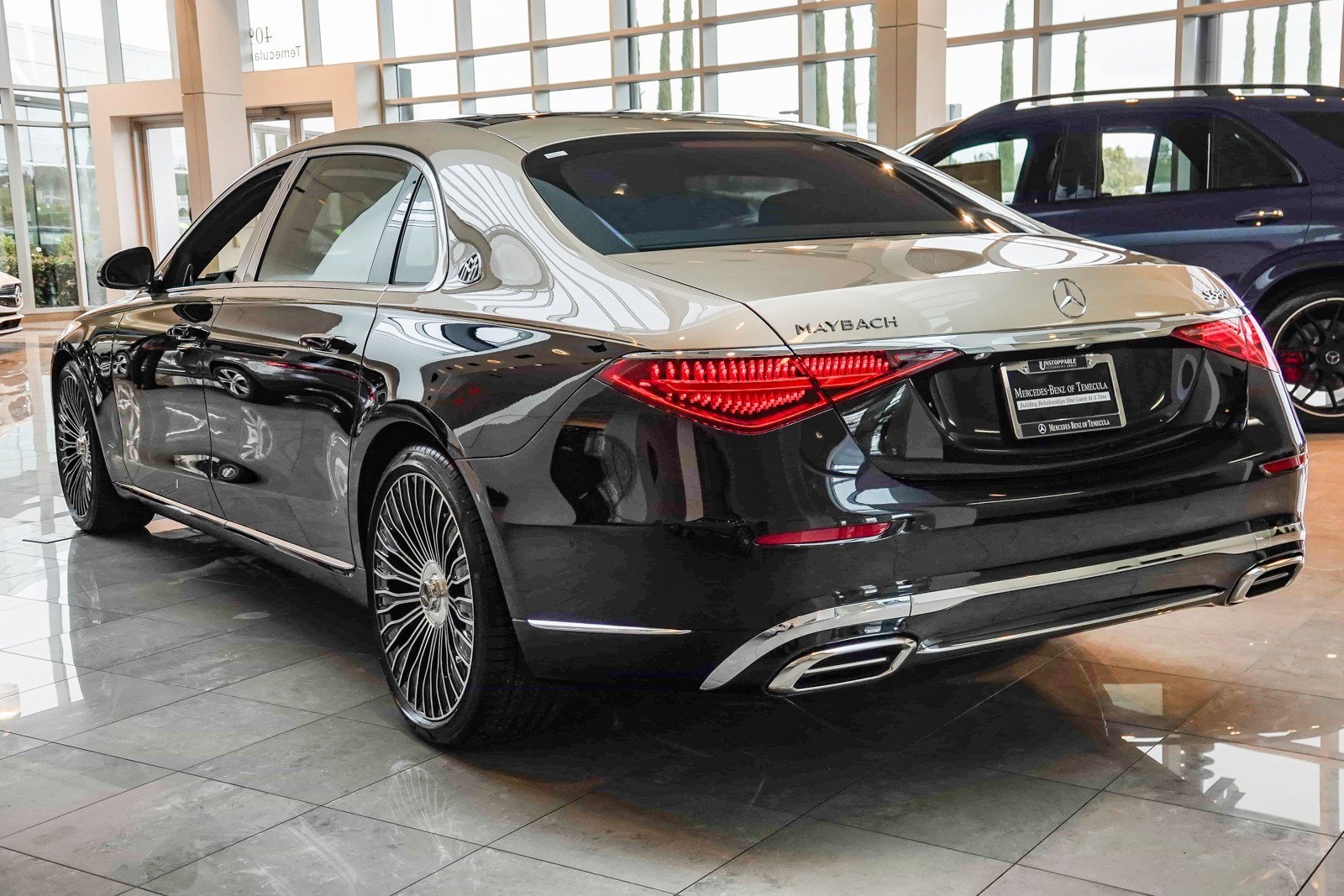
What is a Maybach Mercedes?

Spring Activities in Temecula, CA
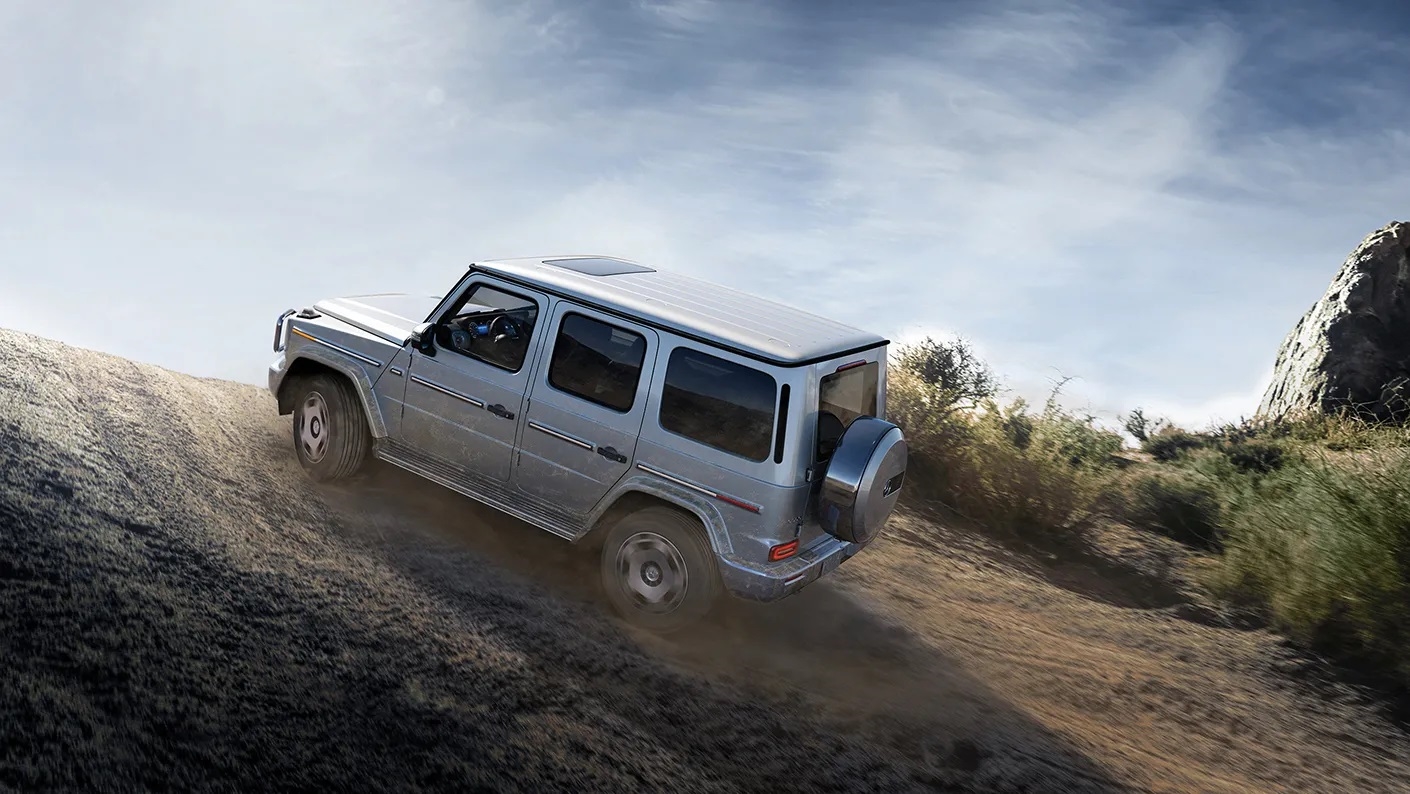
2024 Mercedes G Wagon Overview
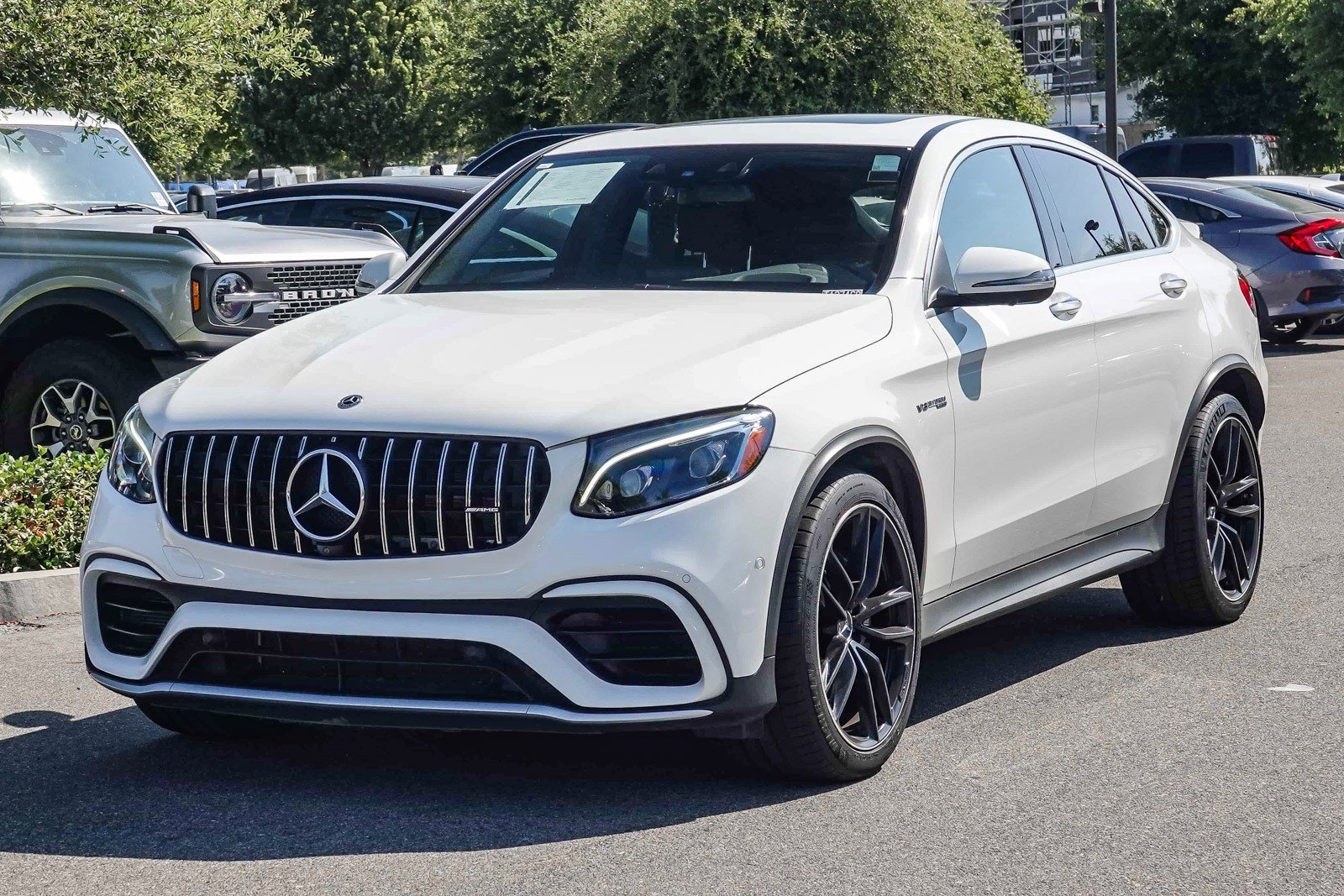
How do I Get a Good Used Car?
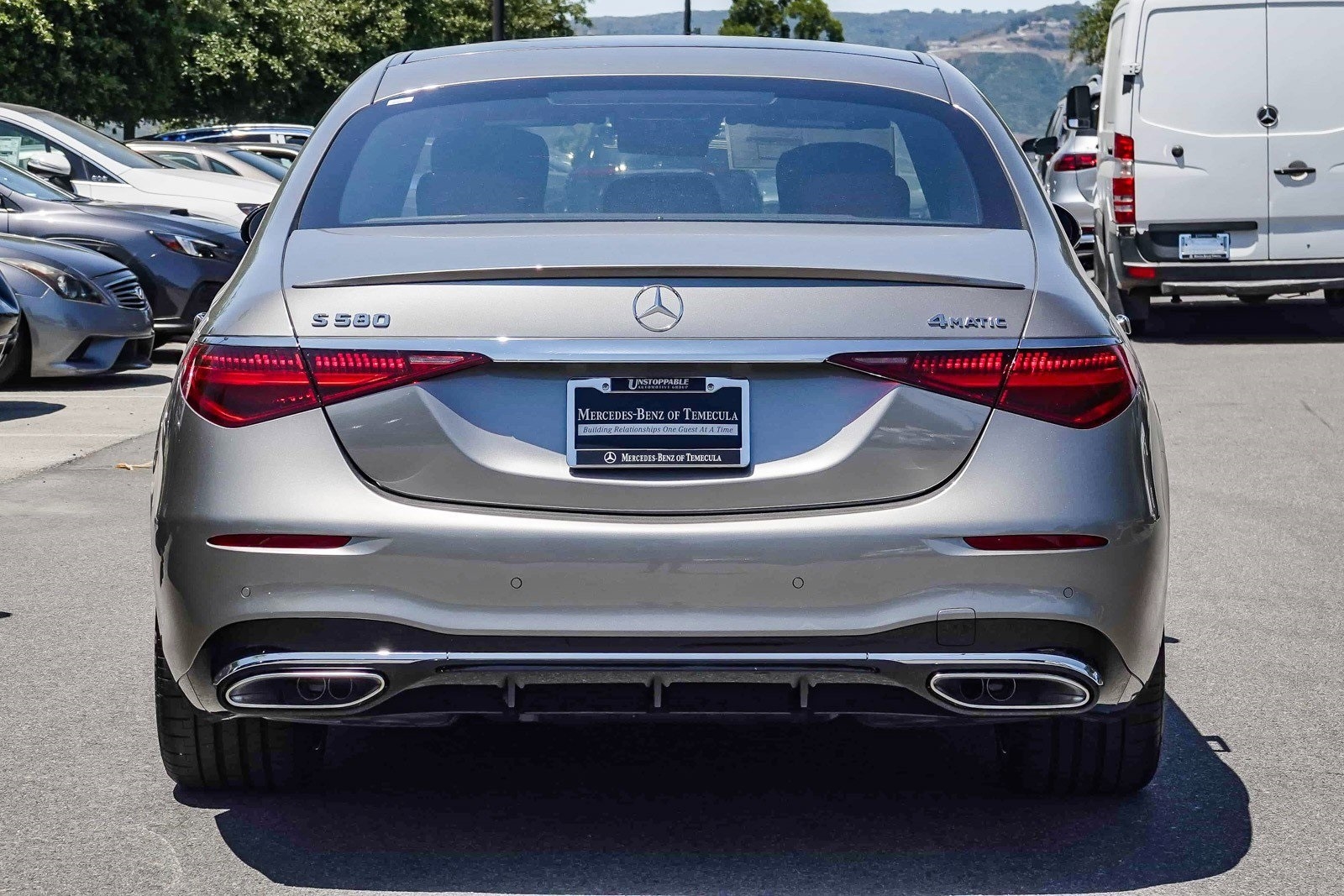
2025 Mercedes S-class Overview
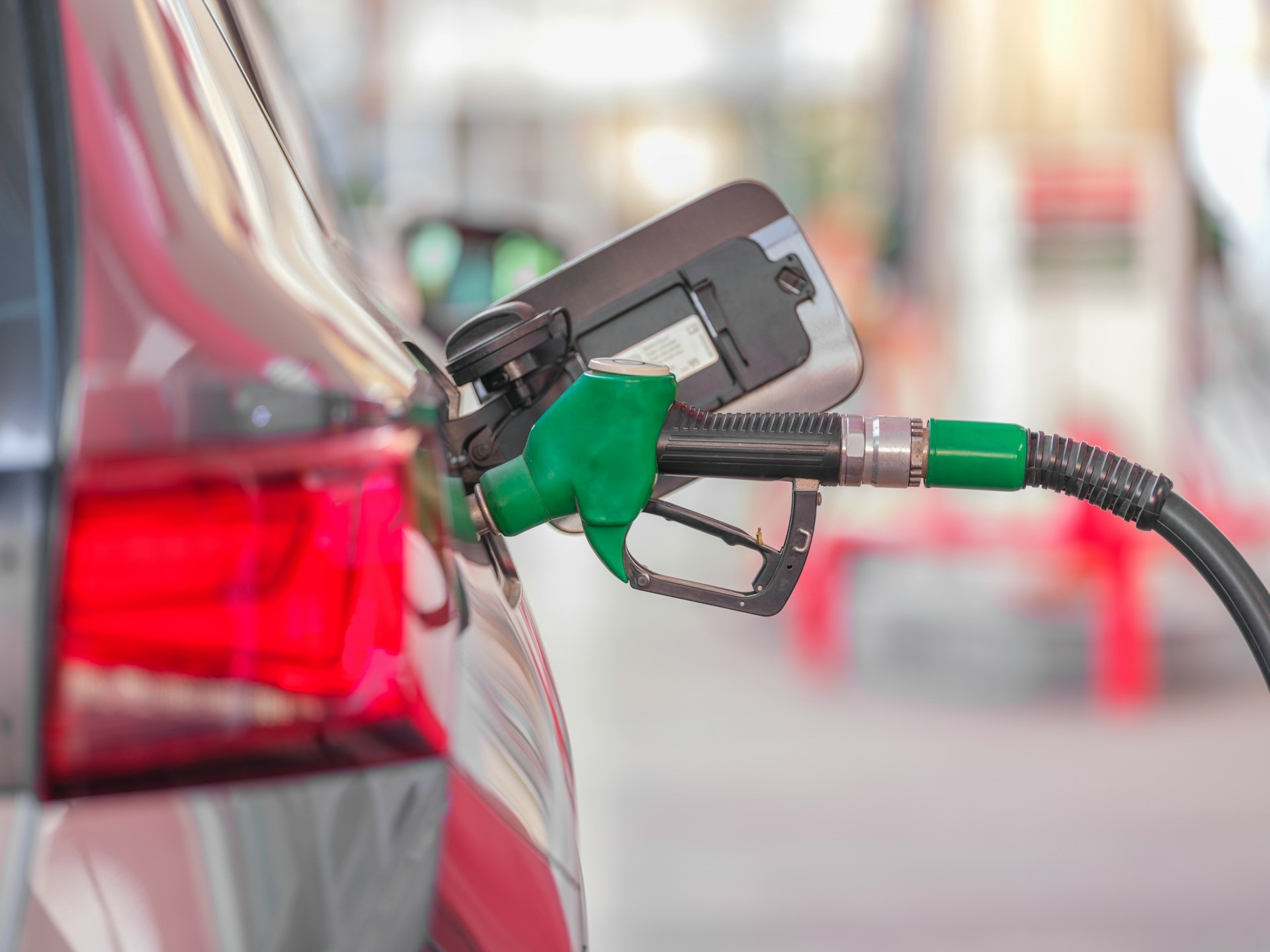
Diesel vs Gasoline Engines
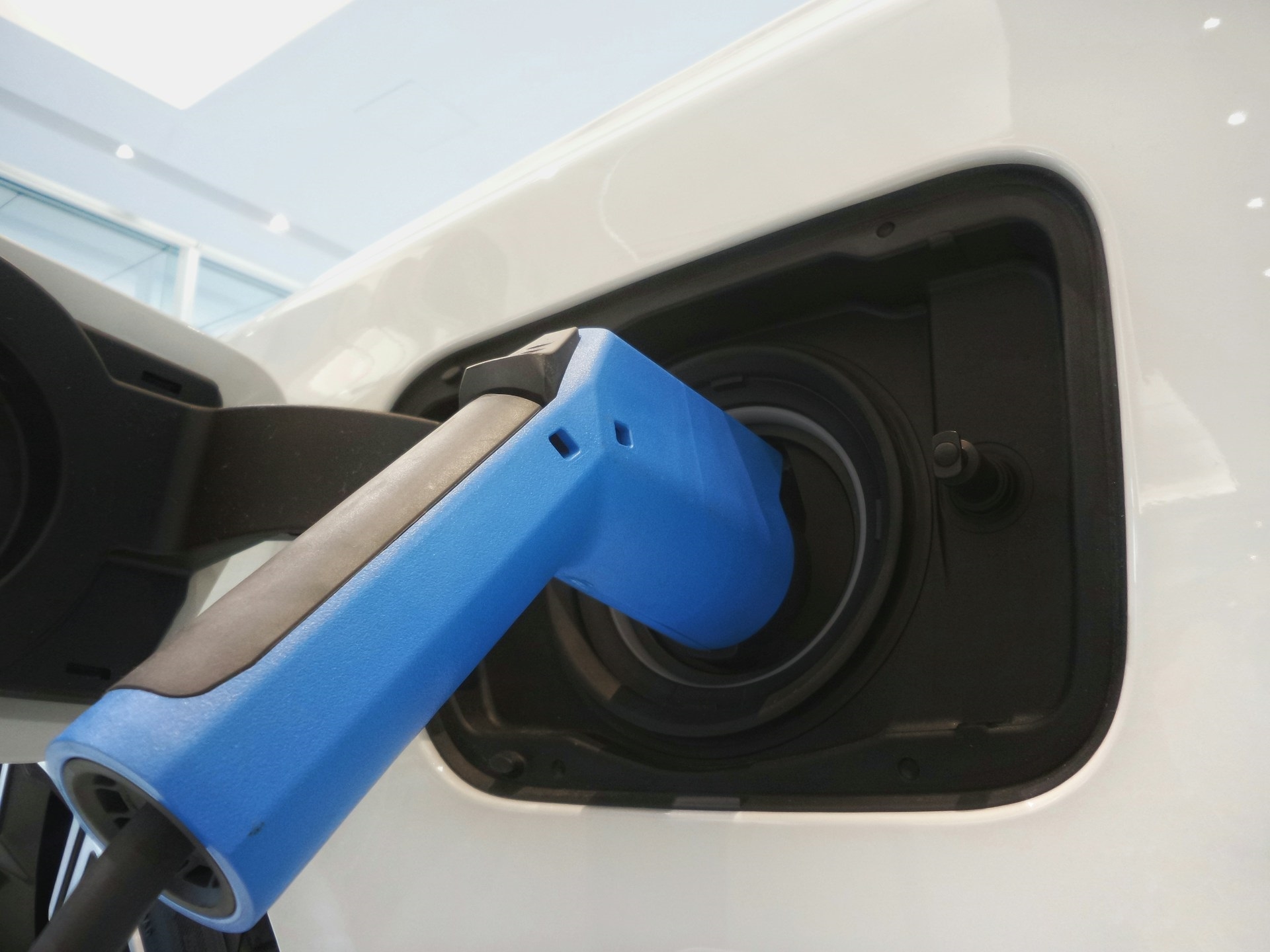
How Do I Extend The Range of My EV?
